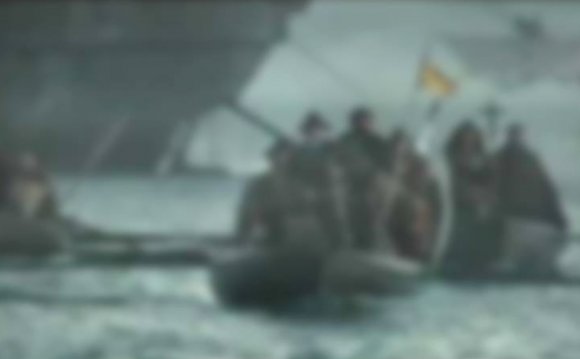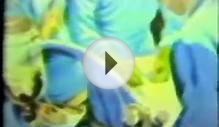
Forensic Meteorology is a small but increasingly active subdiscipline of the atmospheric
sciences. Forensic medicine is defined as a science that deals with the relation and application
of medical facts to legal problems. Similarly, the forensic meteorologist, who may act as either
a background consultant or an actual testifying expert, will collect, interpret, and analyze
atmospheric data to support investigations of insurance fraud, civil and criminal trials, and
environmental regulatory actions. The forensic meteorologist may be employed directly by an
insurance company, the attorneys for either the plaintiffs or defendants in a case, or with
increasing frequency, may be appointed by the court itself. Regardless of the employing party,
it is not the role of the meteorologist to be an advocate for either side in a dispute, but to assist
the judge and/or jury in understanding the often complex meteorological facts in a case so that
they may reach an appropriate informed verdict.
The forensic meteorologist's wide range of activities can be illustrated by typical questions that
may be addressed: Was the poor visibility that caused the automobile accident a result of
natural fog or pollutants from a nearby industrial plant? Did the amount of intense local rainfall
that caused extensive flood damage to a housing development exceed the 100-year event for
which drainage was to be designed? Was the building damaged by a tornado or a straight line
thunderstorm wind? Was the downed power line, which killed one person, a result of a fault in
the utilities' line or a lightning strike? How can one demonstrate that rain fell at a site located
many miles from any National Weather Service reporting station?
The forensic meteorologist may collect standard weather observations, assemble weather radar
and satellite imagery, process weather data gathered by a party in the case, or locate
non-standard sources of data such as lightning ground-stroke reports, atmospheric data
recorded by air pollution monitoring networks, or observations made by private individuals.
These data must be evaluated as to their quality and reliability, and then used in a
comprehensive analysis of the meteorological facts pertinent to a case. The forensic
meteorologist may report the results verbally or in a written report to the client, may relate
them (under oath) in either a formal deposition or in court appearances, and often must prepare
graphic displays of data and conclusions which are comprehensible to lay persons.
From ENCYCLOPEDIA OF CLIMATE AND WEATHER edited by Stephen H. Schneider,
Copyright (c) 1996 by Oxford University Press, Inc. Used by permission of Oxford University
RELATED VIDEO












